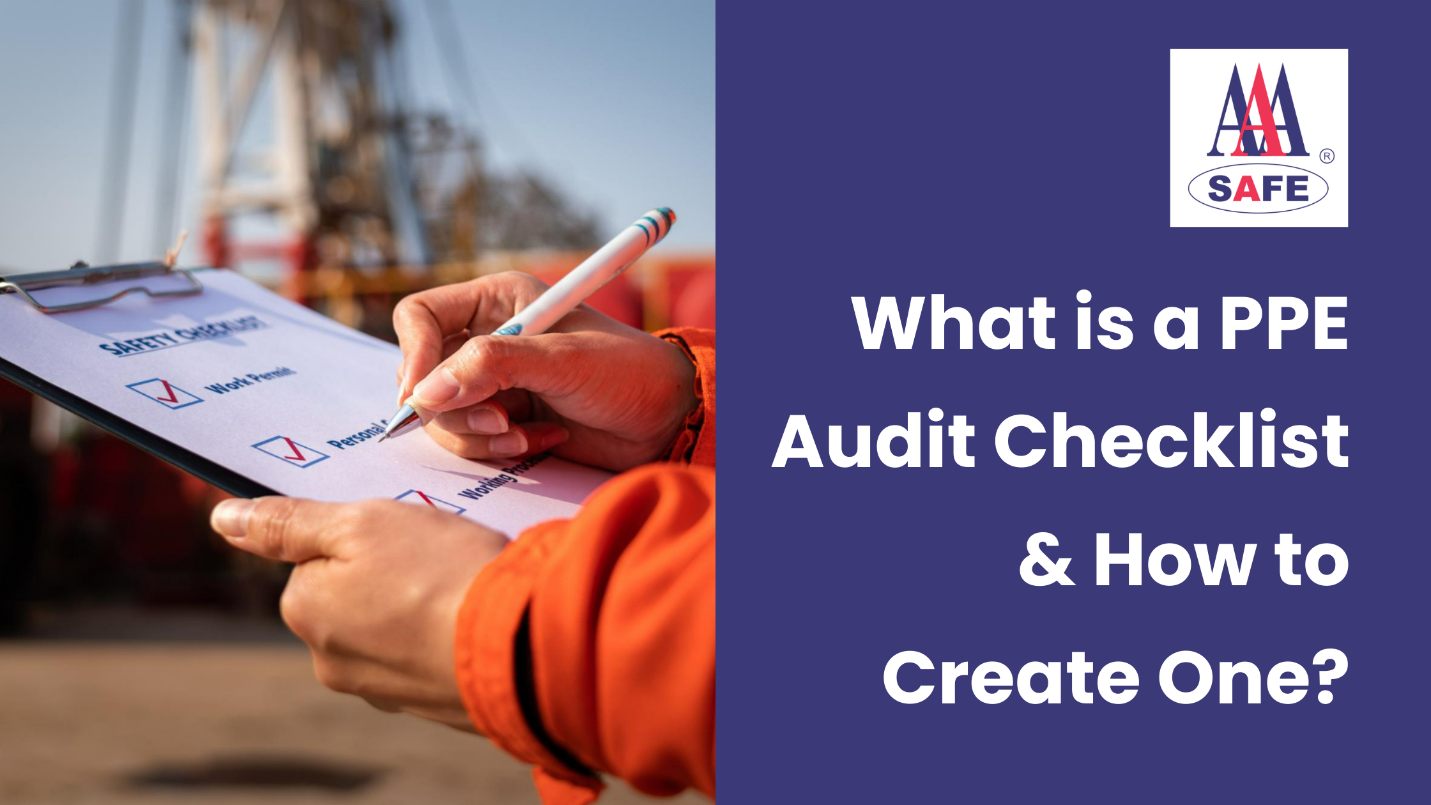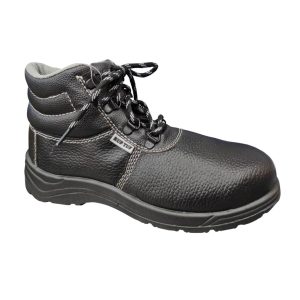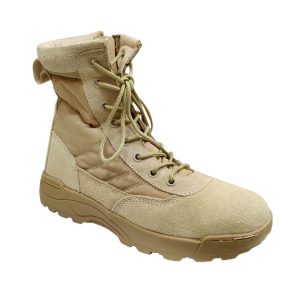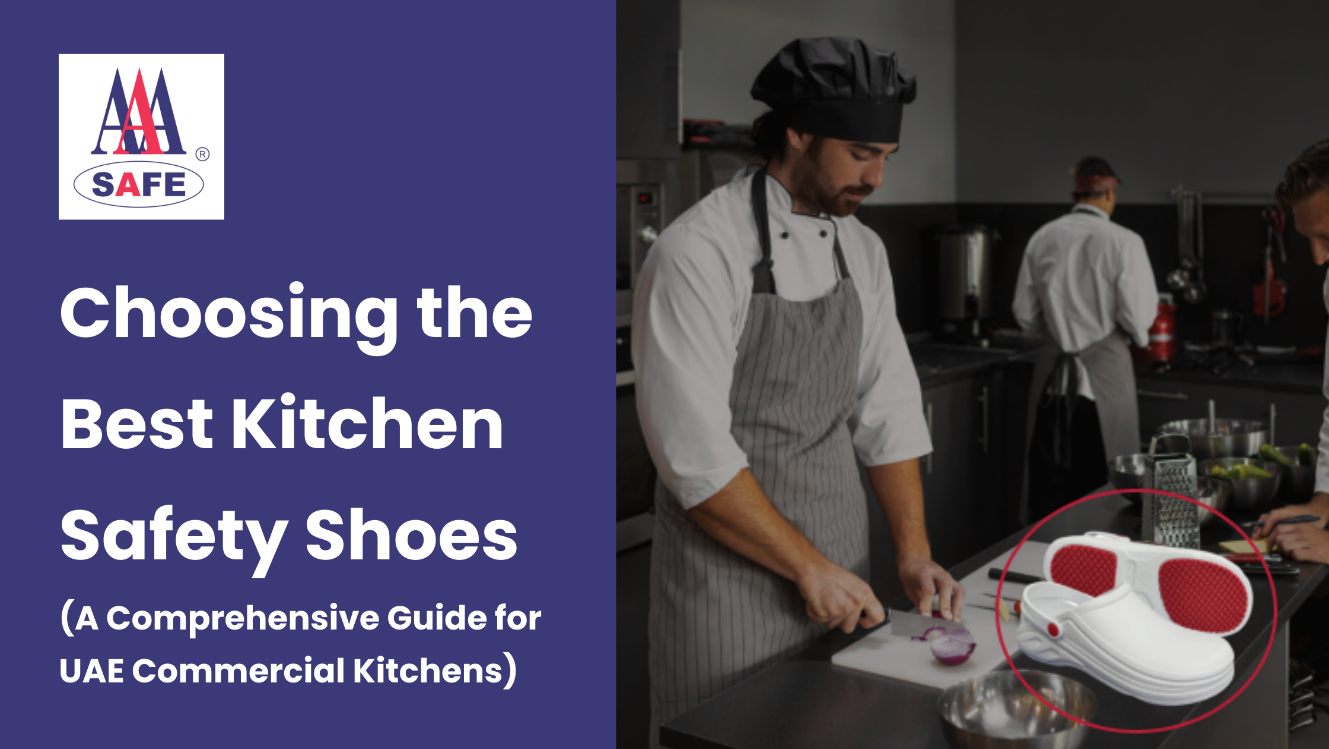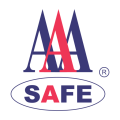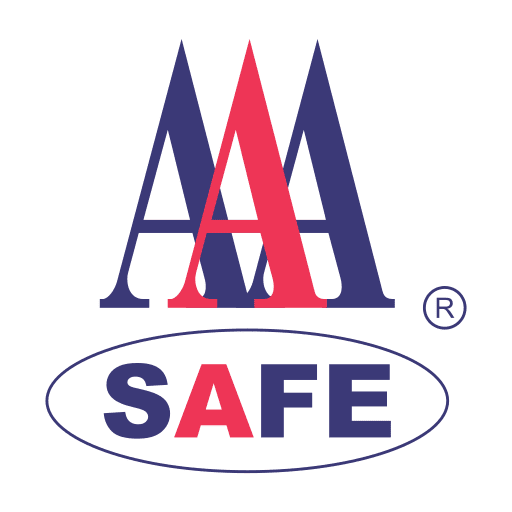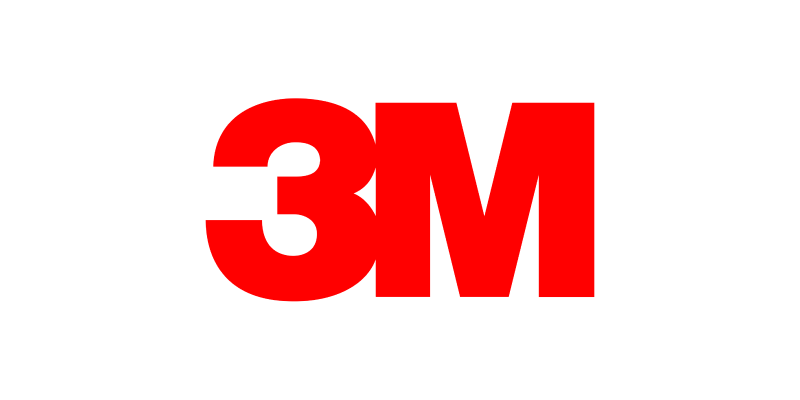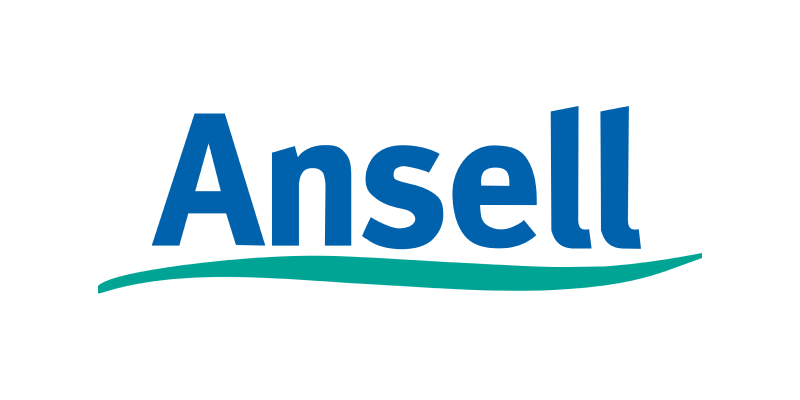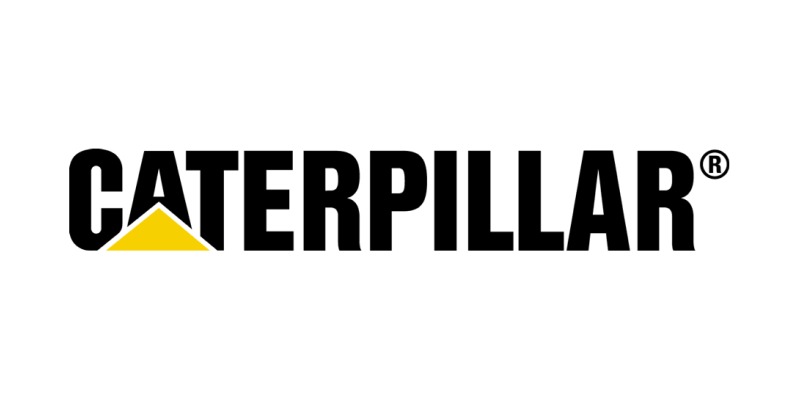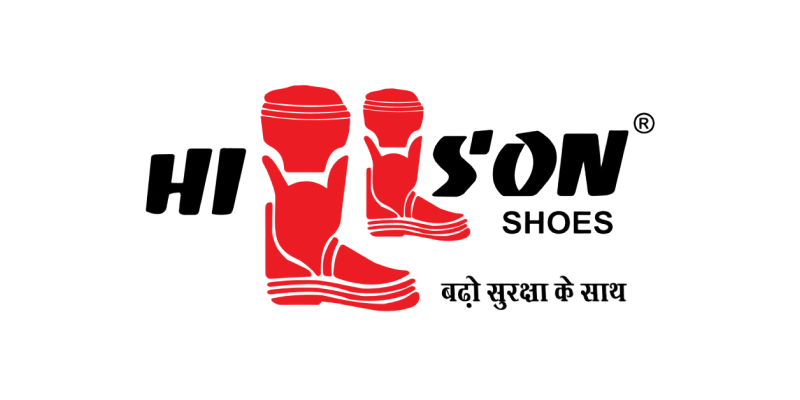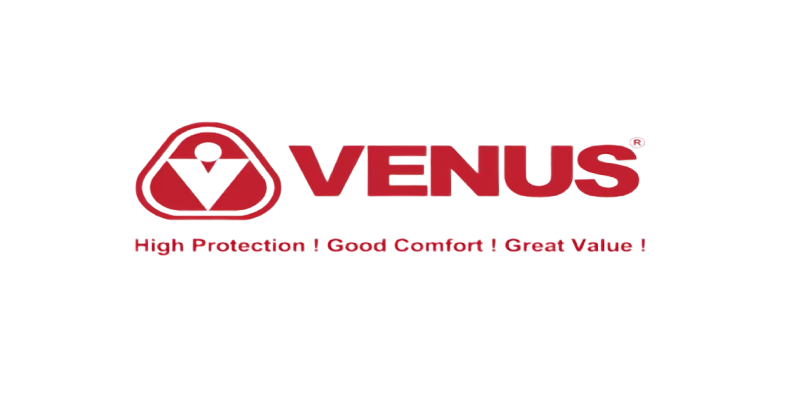In today’s safety-conscious work environment, Personal Protective Equipment (PPE) plays a crucial role in safeguarding employees from various workplace hazards. Ensuring that PPE is used correctly and is in good condition is essential for maintaining a safe workplace. To achieve this, regular audits are necessary. This comprehensive guide will explore what a PPE audit checklist is, its importance, and how to create an effective checklist tailored to your organization’s specific needs.
Understanding PPE Audit Checklists
A PPE audit checklist is a systematic tool used to verify the proper usage, condition, and availability of Personal Protective Equipment in a workplace. It serves as a critical component of any comprehensive safety program, helping organizations maintain compliance with safety regulations and protect their workforce from potential hazards.
PPE can include a wide range of equipment such as helmets, gloves, eye protection, and safety shoes. Each item must be evaluated regularly to ensure it meets safety standards and is suitable for the tasks at hand. By using a PPE audit checklist, employers can identify deficiencies in their PPE program and take corrective actions to enhance employee safety.
The Importance of PPE Audit Checklists
Regular PPE audits using well-designed checklists offer numerous benefits:
- Enhanced Safety: By ensuring PPE is in good condition and properly used, the risk of workplace injuries is significantly reduced. Audits help identify worn-out or damaged equipment before it can fail in the field.
- Regulatory Compliance: PPE audits help organizations meet safety standards set by regulatory bodies such as OSHA (Occupational Safety and Health Administration). Compliance not only avoids potential fines but also fosters a culture of safety within the organization.
- Cost Efficiency: Regular inspections can identify damaged PPE early, preventing costly replacements and potential injuries. This proactive approach can save organizations money in the long run by minimizing the risk of workplace accidents.
- Employee Confidence: When workers see that their safety is prioritized through regular audits, it boosts morale and confidence in the workplace. A safety-first culture promotes a sense of belonging and loyalty among employees.
- Continuous Improvement: PPE audits help identify areas for improvement in PPE programs, leading to better safety practices over time. This ongoing assessment encourages organizations to adapt to new safety challenges and emerging technologies.
Key Components of a PPE Audit Checklist
To ensure comprehensive coverage during PPE audits, it’s essential to include the following key components in your checklist:
Key Component | Description |
Inspection of Different Types of PPE | Review the various PPE items used in the workplace. |
Assessment of PPE Condition, Fit, and Proper Usage | Ensure PPE is in good condition and correctly worn. |
Verification of PPE Availability and Accessibility | Confirm that all required PPE is readily available. |
Review of PPE Policies and Procedures | Evaluate the effectiveness of existing PPE policies. |
Evaluation of Employee Training on PPE Usage | Assess whether employees are adequately trained in PPE usage. |
Creating an Effective PPE Audit Checklist
Developing a comprehensive PPE audit checklist requires careful consideration of your workplace’s specific needs and hazards. Here’s a step-by-step guide to creating an effective checklist:
1. Conduct a Hazard Assessment
Before creating your checklist, perform a thorough hazard assessment of your workplace. This will help you identify:
- Potential hazards in different work areas, such as chemical exposure, falling objects, or electrical risks.
- Types of PPE required for various tasks, ensuring that all risks are adequately covered.
- Specific safety standards applicable to your industry, guiding the selection of appropriate PPE.
A hazard assessment involves engaging with employees who perform the tasks regularly, as they can provide insights into potential risks and necessary PPE.
2. Include Checkpoints for Each Type of PPE
Based on your hazard assessment, include inspection points for all relevant types of PPE:
Type of PPE | Inspection Points |
Head Protection | Check for cracks, dents, and verify fit and adjustment. |
Eye and Face Protection | Inspect for scratches, check for proper fit, and ensure lenses are clean. |
Hearing Protection | Examine for wear, ensure proper fit, and verify that noise reduction ratings are appropriate. |
Respiratory Protection | Inspect for damage, verify proper fit, and check that filters are replaced as needed. |
Hand Protection | Look for tears or punctures, ensure proper size, and verify compliance with safety standards. |
Foot Protection | Check for wear and damage, verify fit, and ensure steel-toed boots meet required specifications. |
High Visibility Clothing | Inspect for fading, ensure it meets the standards for visibility, and check for proper fit. |
Fall Protection Equipment | Check for frays, inspect anchors and connectors, and ensure that harnesses are properly adjusted. |
These checkpoints will provide a thorough assessment of each PPE type, helping ensure that all equipment is functional and appropriate for the tasks being performed.
3. Add Sections for PPE Management and Storage
Include checkpoints to assess how PPE is managed and stored:
- Proper storage facilities for each type of PPE, ensuring they are clean and dry.
- Cleanliness and organization of storage areas to prevent contamination and ensure easy access.
- Inventory management practices to track PPE supplies and ensure timely replacements.
- Proper disposal methods for damaged or contaminated PPE, following environmental regulations.
Proper management and storage of PPE not only extend its lifespan but also ensure that it is readily available for use when needed.
4. Incorporate Training and Education Verification
Ensure your checklist includes points to verify employee knowledge and training:
- Documentation of PPE training sessions, including dates, topics covered, and participants.
- Employee understanding of when and how to use PPE, ensuring they feel confident in their ability to protect themselves.
- Knowledge of PPE limitations and maintenance requirements to enhance overall safety awareness.
- Familiarity with procedures for reporting damaged or lost PPE, fostering a proactive safety culture.
Regular training refreshers can help maintain a high level of awareness among employees regarding the importance of PPE.
5. Include Policy and Procedure Review
Add sections to evaluate the effectiveness of your PPE policies:
- Clarity and accessibility of PPE policies, ensuring that all employees understand their rights and responsibilities.
- Procedures for selecting and purchasing appropriate PPE, confirming compliance with industry standards.
- Processes for addressing non-compliance, ensuring there are clear consequences for failing to adhere to PPE policies.
- Methods for updating policies based on new hazards, regulations, or technologies, keeping the organization’s safety program current.
Regularly reviewing and updating policies will enhance their relevance and effectiveness, keeping employee safety at the forefront.
6. Customize for Your Workplace
Tailor the checklist to your specific workplace needs:
- Include industry-specific PPE requirements that may be unique to your sector, ensuring comprehensive coverage.
- Address unique hazards in your work environment, such as specific machinery or chemical exposures.
- Consider different departments or work areas that may have varying PPE needs, creating a more targeted approach to safety.
Customizing the checklist allows it to become a more relevant and effective tool in maintaining workplace safety.
7. Make it User-Friendly
Design your checklist for ease of use:
- Use clear, concise language that can be easily understood by all employees.
- Include space for comments and observations to encourage feedback from auditors.
- Consider digital formats for easy data collection and analysis, allowing for quicker updates and more accessible information.
- Use a logical flow that follows a typical workplace walkthrough, making the audit process efficient and straightforward.
A user-friendly checklist will promote higher compliance rates and ensure that all necessary checks are conducted thoroughly.
8. Include a Section for Corrective Actions
Add space to document any issues found and plan corrective actions:
- Description of the problem identified during the audit.
- Proposed solution to address the issue effectively.
- Person responsible for implementing the solution, ensuring accountability.
- Timeline for completion, establishing clear deadlines for corrective actions.
- Follow-up inspection date to verify that issues have been resolved.
This proactive approach encourages immediate action and accountability, fostering a culture of continuous improvement.
9. Ensure Regulatory Compliance
Make sure your checklist aligns with relevant safety regulations:
- OSHA standards for PPE (in the United States) and equivalent regulations in other countries.
- Industry-specific regulations that may dictate specific PPE requirements.
- Local or state safety requirements, ensuring comprehensive adherence to all applicable laws.
Compliance not only protects employees but also safeguards the organization from potential legal issues.
10. Plan for Regular Updates
Include a process for reviewing and updating the checklist:
- Schedule regular reviews (e.g., annually or when processes change) to keep the checklist current and relevant.
- Incorporate feedback from users of the checklist to make improvements based on real-world experiences.
- Stay informed about new PPE technologies and regulations, adapting the checklist to reflect these changes.
Regular updates will ensure that the checklist remains a valuable tool for maintaining safety in the workplace.
Implementing Your PPE Audit Checklist
Once you’ve created your comprehensive PPE audit checklist, it’s time to put it into action:
- Train Auditors: Ensure that those conducting the audits are familiar with the checklist and understand how to use it effectively. Providing training sessions can help auditors gain confidence in their auditing abilities.
- Conduct Regular Audits: Schedule regular PPE audits to ensure ongoing compliance and safety. Make these audits part of your organization’s routine safety checks.
- Document Findings: Keep records of all audits conducted, including any issues found and corrective actions taken. This documentation is crucial for regulatory compliance and can provide insights into trends over time.
- Review and Revise: After each audit, review the findings with relevant stakeholders and revise the checklist as necessary. Continuous improvement is key to maintaining an effective PPE program.
Conclusion
A well-crafted PPE audit checklist is an essential tool for ensuring workplace safety. By following the steps outlined above, organizations can create a comprehensive checklist that addresses their unique needs, helps maintain compliance with safety regulations, and ultimately protects their employees from potential hazards. Regular audits not only foster a culture of safety but also contribute to overall employee satisfaction and productivity. Prioritize safety today by implementing an effective PPE audit checklist and make it a fundamental part of your workplace safety program.

